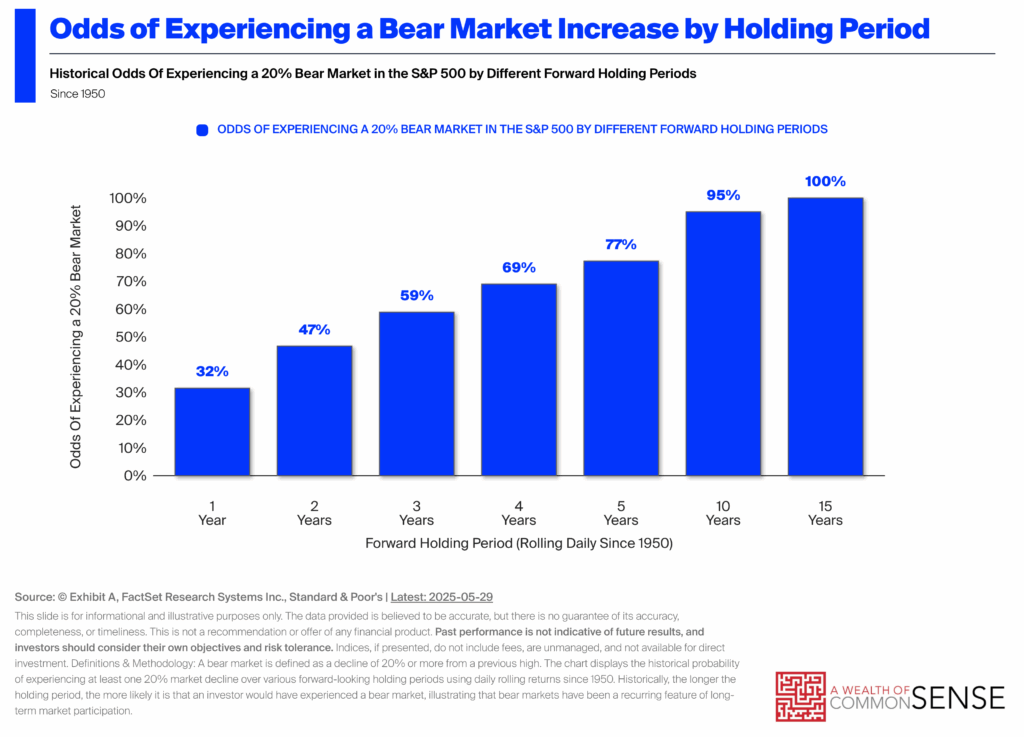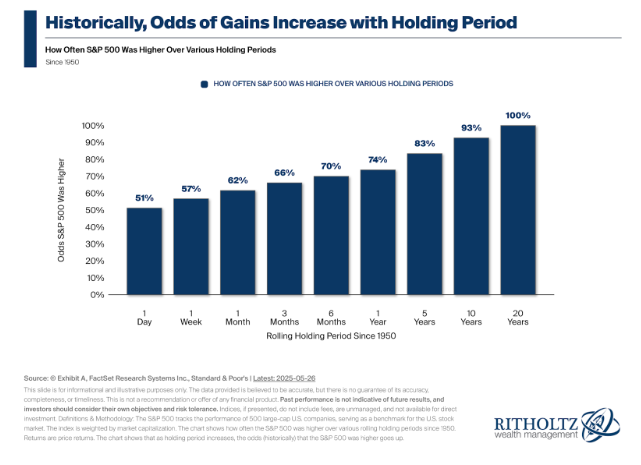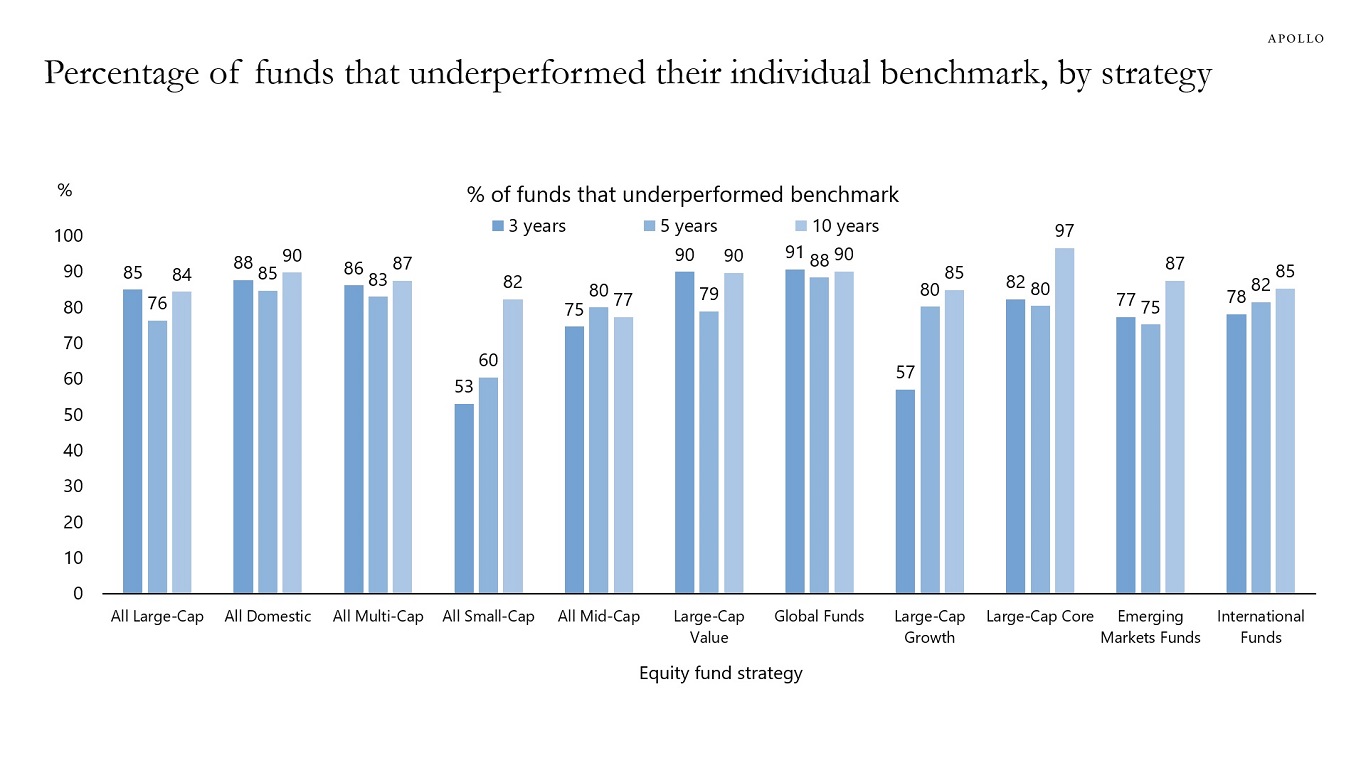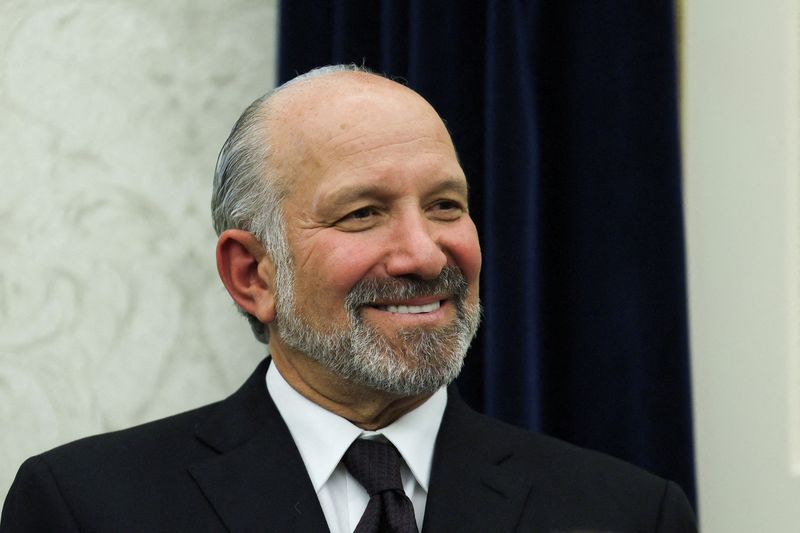The reality of AI’s promise to curb older adults’ loneliness
Can an AI chatbot help older adults feel less lonely?

Brenda Lam uses an AI chatbot at least once a week. For the 69-year-old retired banker from Singapore, the chatbot brings her peace of mind.
“It motivates me,” says Lam, who communicates with AMI-Go, created by and in partnership with Singapore University of Technology and Design (SUTD) and Lions Befrienders, a social service organization to support older adults.
When Lam speaks with the bot, she usually asks questions to get suggestions and ideas for how to enjoy life. “What can I do to live life to the fullest?” is one of her latest questions.
The chatbot responded with tips, including getting exercise outside and picking up a hobby like gardening, reading, or sewing. “The responses encourage me,” she says.
Though she has family and friends close by, Lam says the chatbot is always reliable.
“I feel it’s a bit like a replacement if friends are not available to have time with me,” she says. “When we have the chatbot, it’s always there for us.”

Lam’s situation is not unique. Many older adults are struggling with loneliness, and one in three feel isolated from others, many of whom live alone, have retired, or don’t have the same social connections as they once did. According to the University of Michigan’s National Poll on Healthy Aging, 37% of older adults have felt a lack of companionship with others. It’s a crisis that the former Surgeon General, Dr. Vivek Murthy, warned about from the nation’s capital with a 2023 advisory on the epidemic of loneliness and the healing effects of social connection and community. Research shows loneliness increases the risk of heart disease, dementia, and early mortality.
It’s led researchers and public health experts searching for novel solutions in the community—and digitally.
So, are AI chatbots, that could function as friends and pals, going to solve the loneliness crisis for older adults?
As we face massive demographic shifts—where the number of Baby Boomers is soon to outnumber young adults—Nancy Berlinger, PhD, a bioethicist at The Hastings Center for Bioethics, who studies aging populations, is in no short supply of work. With the number of adults 65 and older set to more than double by 2040, reaching 80 million, she is grappling with how rapid technological changes will affect this cohort.
“If somebody is living alone and maybe their partner has died, and they could go all day with no one to talk to, would they like to talk with a chatbot, especially a voice one that doesn’t require the dexterity of typing on a phone?” Berlinger told Fortune at the National Gerontological Association’s Annual Meeting in Novemeber.
In a pilot program in New York that began in 2022, nearly 1,000 older adults interacted with ElliQ, an AI chatbot. The vast majority of users reported a decline in their loneliness and improved well-being. The participants interacted with ElliQ for an average of 28 minutes a day, five days a week.
“Their social circle is shrinking. People have died. They probably have stopped driving, so their lives are different,” Berlinger says of older adults today.
However, Berlinger still worries about technology as a fix-all for loneliness.
The possibilities and pain points of AI chatbots
“If we say, all we need are the right AI companions for older people, would that mean that we are saying we don’t really have to invest in the social pieces of this?” she says, adding that if caregivers retreat because of the chatbot, the technology is not amplifying a person’s well-being. Similar to how studies have shown that social media can exacerbate teens’ mental health issues and sense of isolation, and that nothing can replace the connectivity of in-person connection, the same can be said of chatbots for older adults. “It’s not going to replace all of that richness of relationships, but it’s not nothing.”
She adds, “I wouldn’t say it’s a solution to the problem of aging. It’s something to keep our eye on.”
Lam appreciates the chatbot as a way to ease the burden she feels falls on family and friends. “I feel that in this world, everything’s changing, so we ourselves have to keep up with technology because we cannot rely too much on family members or too much on our friends. Sooner or later, they have to live their own life,” she says.
Whether that’s the right mindset is yet to be seen.
Walter Boot, PhD, professor of psychology in medicine in the Division of Geriatrics and Palliative Medicine and associate director of the Center on Aging and Behavioral Research at Weill Cornell Medicine, says while AI is moving fast, he’s not yet convinced that it’s a long-term solution for older adults.
“You might see that people feel a little bit better, but whether or not that addresses things like depression and loneliness and perceptions of isolation, I don’t think we have really good answers to those questions just yet,” he tells Fortune. “You feel good because you played with a nice piece of technology, and it was fun and it was engaging for a while, but what happens after three months? The evidence base isn’t there yet.”
Boot also explains that tech can’t replace all of the things humans have done to support older adults.
“There’s a danger to thinking that the only problem is that you don’t have someone to talk to. When you have people who are visiting your house, they can see your house, they can see your environment, and see that there’s something wrong with you. Something might need to be repaired, or maybe the person I’m visiting looks sick, and maybe they need to go to a doctor,” he says.
Both Berlinger and Boot want tech to supplement other pieces of in-person interaction and care. Let’s say AI can help older adults choose the right health plan or doctor, which Berlinger says can reduce the caregiving burden disproportionately facing daughters. Maybe AI can also help find local activities in the community for older adults to partake in, something Boot is researching with his team.
“If we could reduce the paperwork side of being old and caregiving, and help people to do things they want to do, well, that’s great,” Berlinger says, noting that, still, we aren’t quite there yet. “Who’s going to be the IT support for that chatbot? I still think it’s the family caregiver.”
But for Lam, she loves using the chatbot to gather tips and suggestions for how to feel better and more active. And from time to time, she doesn’t mind asking it an existential question, too.
When asked what burning question Lam has next for her chatbot, she posed one that maybe many of us are considering.
“What can a chatbot do to create a better world for all of us?” Lam says.
This article was written with the support of a journalism fellowship from The Gerontological Society of America, The Journalists Network on Generations and The Silver Century Foundation.
For more on aging well:
- Exclusive: Midi Health launches longevity arm to reach the millions of women ‘lost to medical care’
- 3 takeaways from a cardiologist and ‘SuperAgers’ researcher on how to live longer and healthier
- Vitamin D supplements may slow down your biological clock, new study finds
This story was originally featured on Fortune.com











































































































































































